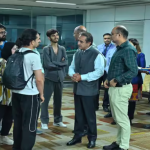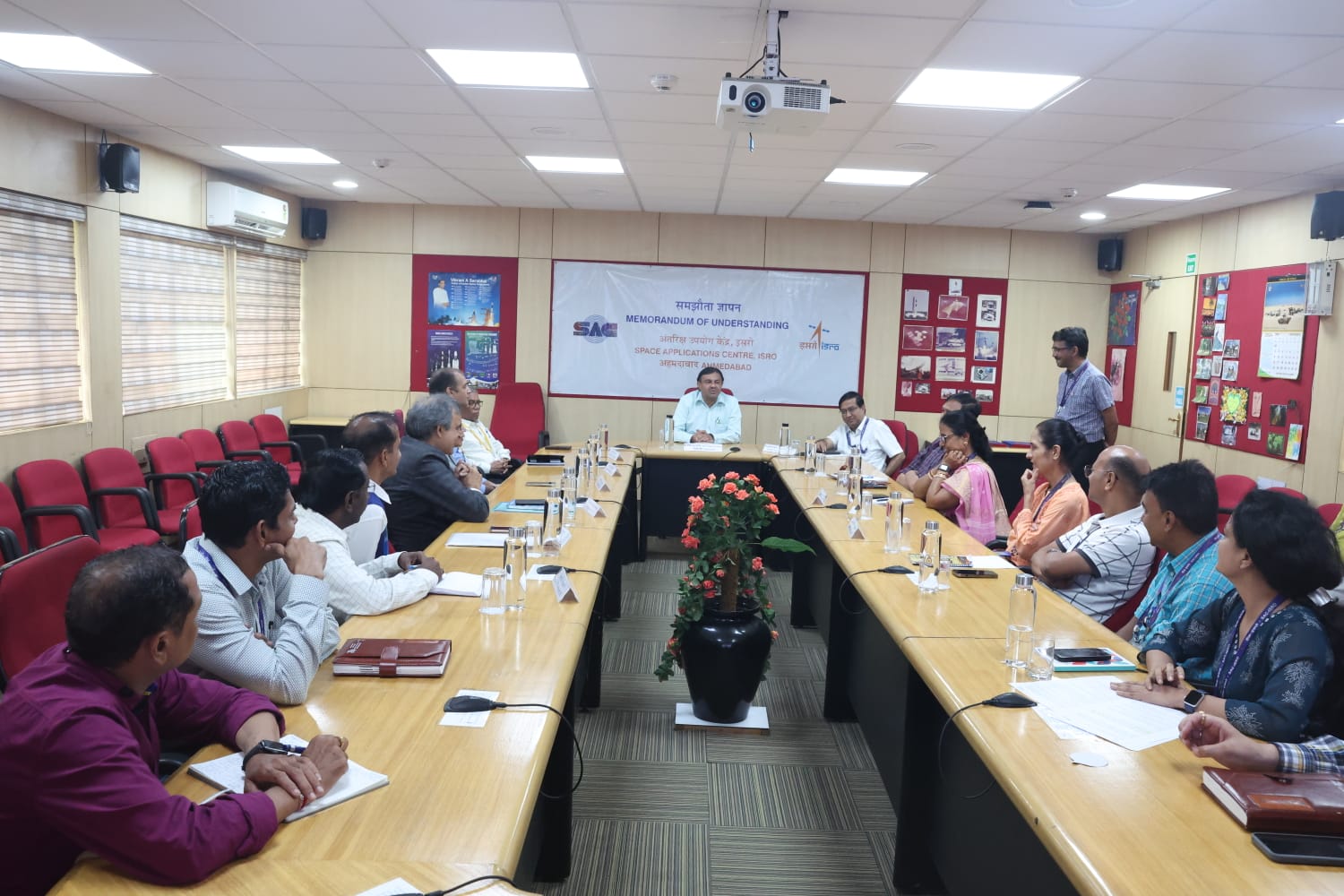The path of journalism and mass communication has gone from handwritten pamphlets to a digital age that disseminates news faster than thought. The press, then radio and television were dominant, affording journalists the power to inform and to counter, holding those in authority to account, while mass communication formed consensus on behalf of advertising and the public relations industry. The digital revolution flipped the script, making everyone with a smartphone a potential storyteller. Outlets like X expanded a new range of voices, and algorithms at sites began curating news, raising questions about bias and echo chambers.
Versatility, journalism needs in 2025. Reporters are no longer simply writers — they are data analysts, video producers and social media strategists. AI tools crunch numbers to reveal overlooked stories, podcasts save long-form narrative, and augmented reality (AR) transforms immersive experiences, from virtual tours of disaster areas to deep dives into that dense particle physics paper. Still, the industry faces headwinds — shrinking newsrooms are driving many reporters into freelance gigs and trust is being eroded by AI-driven deep fakes, putting journalists in the position of needing to master verification. Mass communication, meanwhile, is built on algorithm-led campaigns and influencer collaborations, as branded content blurs the line between storytelling and selling. As brands vie for narrative control, ethical quandaries abound, and the content crush is a pain for communicators to stand out.
The field will have evolved in 2030 to be sure, shaped as always by the technologies at hand and by changing audience needs. AI will do the menial work — transcribing interviews, writing straightforward reports, analyzing engagement — so that journalists can focus on investigative work and nuanced storytelling. The creativity and moral agency of human beings cannot be supplanted, which will ensure that artificial intelligence is a servant, rather than master. VR and AR will revolutionize storytelling, allowing an audience to walk through a refugee camp or see firsthand the impact of climate change. Mass communication will take advantage of these tools for experiential marketing — virtual product demos that are personal and feel real.
Block Chain Industry Blockchain will revolutionize the media model, to form a decentralized platform that allows journalists to write fake-proof stories and to end the fake news. Crowdfunded by cryptocurrency will also drive independent outlets, the niche voices, to better competitiveness. Advertising will turn to blockchain to see customers, rebuilding trust with consumers. Audiences will expect both hyper-local news — stories of their streets — and global narratives that link shared fights, from pandemics to global warming.
Education itself will adjust, converging multimedia skills, ethics and tech fluency. Future professionals will be educated as immersive directors, crisis communicators or data journalists, equipped to transport themselves through a fractured media universe. The field will favor those who mix technical expertise with storytelling passion, facing down challenges like disinformation and job instability with grace and gutsiness.
Journalism and mass communication remains a vocation for those who relish the power of shaping narratives and magnifying the truth. The tools may be more advanced, the stakes higher but the core mission — to inform, engage and connect — will last, making this career path as relevant as ever in a world starving for authentic stories.











Add Comment